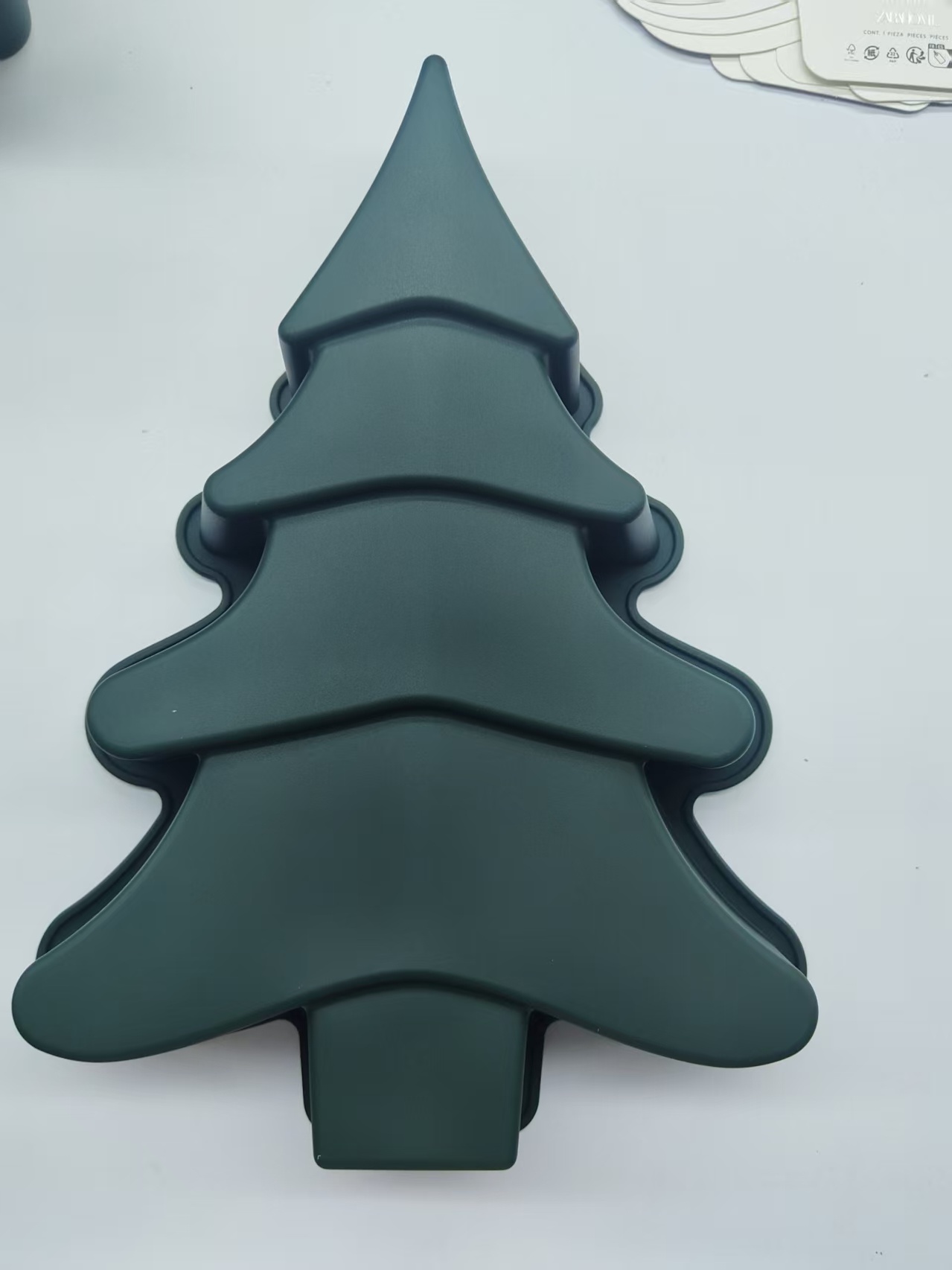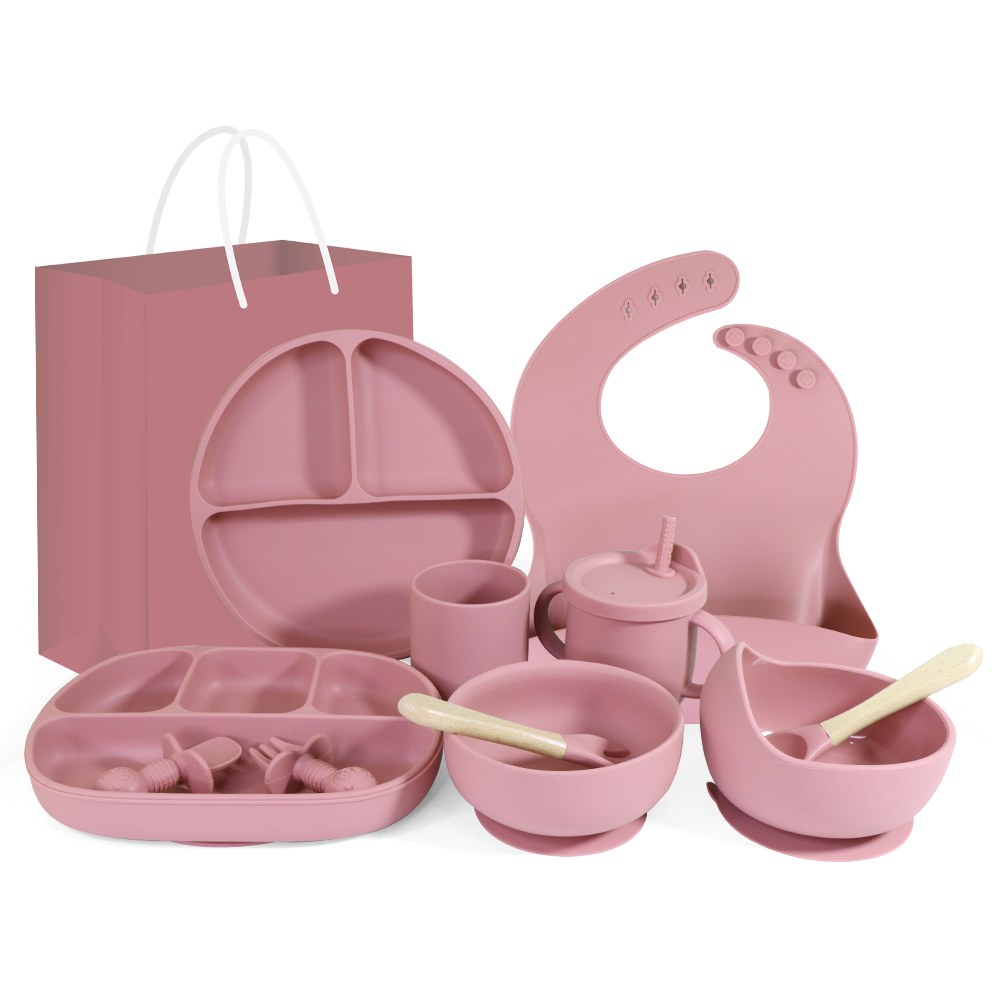Contenido
How to Put a Logo or Pattern on Silicone Containers
Introduction
Custom silicone containers are becoming a global favorite for food storage, outdoor use, and brand merchandising. These durable and reusable products are crafted from food-grade silicone—a material trusted for its safety, flexibility, and longevity.
As sustainability and personalization continue to trend, many brands are exploring how to print or emboss their logos and designs onto silicone products such as collapsible lunch boxes, reusable storage bags, or baby feeding containers.
This guide explains how to add logos or decorative patterns to silicone containers effectively, exploring both printing technologies and advanced surface finishing techniques that elevate the appearance and durability of silicone products.
Understanding Silicone Material
Silicone is a synthetic elastomer composed of silicon, oxygen, carbon, and hydrogen atoms. Its unique Si–O bond structure gives it high stability, flexibility, and temperature resistance from -40°C to 230°C (-40°F to 446°F).
Food-grade silicone is non-toxic, odorless, and BPA-, PVC-, and phthalate-free, meeting FDA and LFGB certifications for food safety.
These features make silicone ideal for manufacturing products that demand hygiene and durability, such as silicone lunch boxes, baby feeding sets, and kitchen storage containers.
Why Add a Logo or Pattern to Silicone Containers
Adding a logo or pattern to silicone containers does more than enhance aesthetics—it’s a strategic branding tool.
Key Benefits:
Brand Recognition: Reinforces company identity in daily-use household products.
Professional Image: Increases perceived product value and authenticity.
Promotional Opportunity: Ideal for corporate gifts, giveaways, and retail promotions.
Opciones de personalización: Unique colors, patterns, and textures reflect a brand’s creative character.
OEM/ODM Flexibility: Manufacturers can tailor both the mold and surface finish to match brand guidelines.


Surface Finishing Techniques for Silicone
Silicone has a naturally smooth, non-porous surface that requires proper treatment before decoration or printing. Professional manufacturers use the following techniques to improve adhesion and aesthetics:
Plasma Surface Treatment – Increases surface energy to allow inks or coatings to bond effectively.
Corona Discharge Treatment – Creates micro-level surface roughness to enhance paint or ink adhesion.
Silicone Primer Coating – A thin adhesion promoter layer applied before printing or spraying.
Matte & Gloss Finishing – Achieved through mold texture design or post-production coating to create premium tactile effects.
Color Injection or Overmolding – Allows multi-color silicone designs with strong adhesion between layers.
Silk Spray & UV Coating – Used to enhance color depth, abrasion resistance, and surface uniformity.
These techniques ensure the silicone surface is optimized for printing, engraving, or painting, making the final logo crisp, durable, and visually appealing.
Top Printing and Logo Customization Methods
1. Mold Engraving (Embossed or Debossed)
Logos or patterns are carved into the silicone mold during CNC processing.
Embossed logos appear raised; debossed logos are recessed into the surface.
Advantages: Permanent, wear-resistant, and ideal for high-volume OEM production.
2. Laser Engraving
Uses focused laser beams to etch precise patterns onto silicone surfaces.
The result is long-lasting, chemical-resistant, and perfect for medical-grade or baby-safe silicone products.
3. Pad Printing
A silicone pad transfers ink onto curved or irregular silicone surfaces.
Suitable for lids, bento box edges, and baby cup logos.
Delivers uniform color application for simple, single-color logos.
4. Screen Printing
Involves applying ink through a fine mesh screen.
Cost-effective for flat surfaces and large batch runs, but less suitable for multi-color designs.
5. Heat Transfer Printing
A printed film transfers vibrant, multi-color images onto the silicone surface using heat and pressure.
Advantages: High-resolution, fade-resistant, and waterproof.
Perfect for lifestyle brands looking to add colorful patterns or artwork.
6. Water Transfer Printing (Hydrographics)
Immerses the container into a patterned water film, wrapping the design evenly across all angles.
Enables realistic textures such as wood grain, marble, or camouflage.
Excellent for premium, limited-edition silicone products.
Choosing the Right Process for Your Brand
| Design Type | Recommended Method |
|---|---|
| Minimal, Elegant Branding | Mold Engraving / Laser Etching |
| Colorful and Artistic Logos | Heat Transfer / Water Transfer |
| Large-Batch Simple Prints | Pad or Screen Printing |
| Premium Textured Effects | Mold Texturing + UV Coating |
When selecting a process, consider usage conditions (heat, dishwasher cycles, contact with food), color complexity, and budget. Combining surface pre-treatment + logo printing ensures the highest-quality finish.
Quality Control and Certification
At Jewelives, all silicone products go through strict IQC, IPQC, and OQC inspections.
We perform durability tests, surface adhesion tests, and FDA/LFGB compliance checks to guarantee both safety and longevity.
Every custom product can be verified through traceable test reports, ensuring global import and retail compliance.
Why Choose Jewelives as Your Silicone OEM Partner
With over 21 years of silicone manufacturing experience, Jewelives specializes in silicone food containers, kitchenware, and baby products.
We own 50 hydraulic presses, 50 injection machines, and 3 CNC centers, enabling precise logo engraving and efficient mass production.
All products are BSCI, Sedex, ISO9001, Disney FAMA, and GMP certified, and we offer:
OEM/ODM logo customization (Laser, Heat Transfer, or Mold Engraving)
Surface finishing consultation and technical support
Over 500 patented designs annually
Fast sampling & global delivery
Contact Jewelives today to create your custom silicone food storage containers, collapsible lunch boxes, or branded kitchenware that stand out in both function and design.



